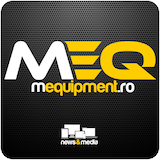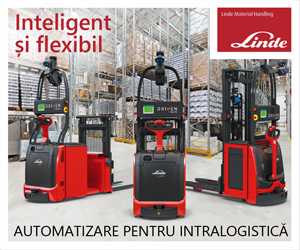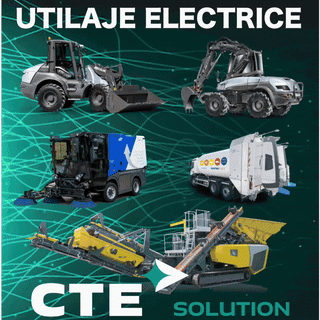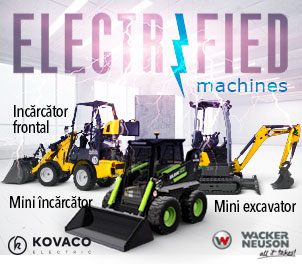Kögel Port 45 Triplex lightweight container chassis wins European Transport Award for Sustainability
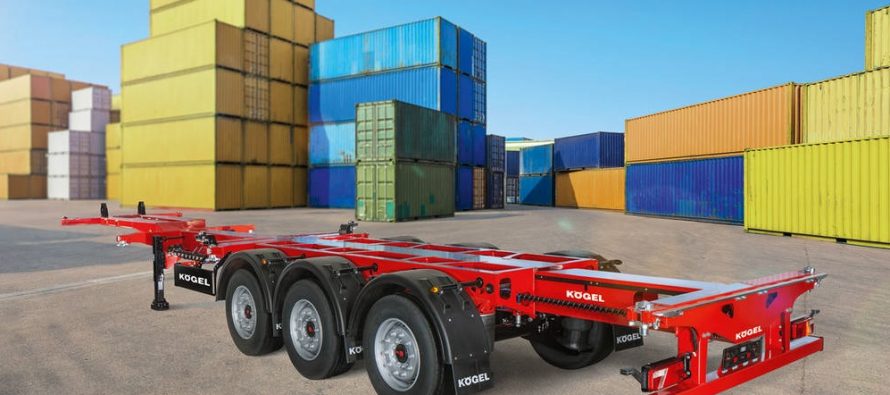
Related Articles
The 2020 European Transport Award for Sustainability in the semi-trailer category goes to Kögel. On 21 November, the Kögel Port 45 container chassis won the sustainability prize, awarded every two years by the newspaper “Transport.” The independent jury, consisting of well-known figures from industry, science, associations, and media, recognized the great potential of the Port 45 Triplex lightweight semi-trailer chassis with center extension: Thanks to its low tare weight of approx. 4,450 kg in the basic version, the container chassis saves significant amounts of fuel compared with other container chassis that can be used to transport the same containers types and therefore has lower CO2 emissions. Managing Director Thomas Eschey and the designer of the container chassis, Michael Müller, accepted the award on behalf of Kögel.
The newspaper “Transport” awarded the European Transport Award for Sustainability for the fifth time. The prize reinforces and helps companies from the commercial vehicle sector to operate sustainably and enforce the principles of sustainable product development even more resolutely. It demonstrates that responsible and sustainable operations not only help to solve social and ecological problems on a global scale, but also increase the profitability and competitiveness of companies.
Small ecological footprint
With a tare weight starting from 4,220 kg and weight-saving individual equipment such as aluminum wheel rims and an aluminum compressed air reservoir, the Kögel Port 45 Triplex lightweight container chassis is currently one of the lightest container chassis on the market. Theoretically, this allows payloads of over 36,780 kg, guaranteeing maximum cost-effectiveness for intermodal transport. With a technical gross tare weight of 41,000 kg and a fifth-wheel load of 14,000 kg, the new Port 45 Triplex is ideal for transporting 20, 30, 40 and 45-foot ISO containers, as well as 40 and 45-foot Highcube containers. The weight is the result of a chassis with maximum weight optimization.
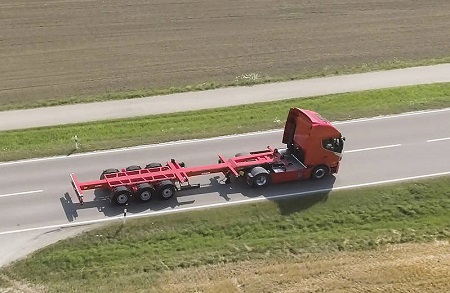 Lightweight elliptical perforations ensure optimum stress distribution in this respect. The Port 45 Triplex’s key strength is its ease and convenience of use. The newly developed one-piece front extension with four-roller bearing is not only incredibly easy to handle, but also dispenses with elaborate and repair-prone mechanics. The air-and-light console is housed in a protective recess in the front extension, significantly increasing the free space around the tractor unit connection cables. Depending on the intended use or on the container being transported, the center extension – along with the tractor unit – can be removed at four different points.
Lightweight elliptical perforations ensure optimum stress distribution in this respect. The Port 45 Triplex’s key strength is its ease and convenience of use. The newly developed one-piece front extension with four-roller bearing is not only incredibly easy to handle, but also dispenses with elaborate and repair-prone mechanics. The air-and-light console is housed in a protective recess in the front extension, significantly increasing the free space around the tractor unit connection cables. Depending on the intended use or on the container being transported, the center extension – along with the tractor unit – can be removed at four different points.
For a longer lifespan, the center extension on the Port 45 Triplex features a low-maintenance guide on special plastic sliders and two extension rollers. The rear extension is designed along the same lines. This can be quickly set to one of seven possible positions using a hand crank. Due to the lack of pneumatic controls for the extensions, less compressed air is needed to operate the container chassis. As a result, the compressor in the tractor unit does not have to work as hard and consumes less fuel, which in turn reduces CO2 emissions.
Versatility of use
The standard version of Port 45 Triplex is suitable for transporting a 20-foot ISO container flush-fitted to the rear with a retracted frame. With the rear and center extensions in use, the Triplex can accommodate two 20-foot ISO containers, a 30-foot ISO container, a 40-foot Highcube or a 45-foot Highcube. With all three extensions, a 45-foot Highcube Eurocorner container is entirely feasible. Optionally, it is also possible to attach a 40-foot and 45-foot ISO container flush with the rear and a heavy-duty, 20-foot ISO container on the center extension.
As with all Kögel Port container chassis, the entire vehicle frame of the Port 45 Triplex is given long-lasting protection against corrosion by nano-ceramic technology and cathodic dip-paint coating, supplemented with UV lacquering.
